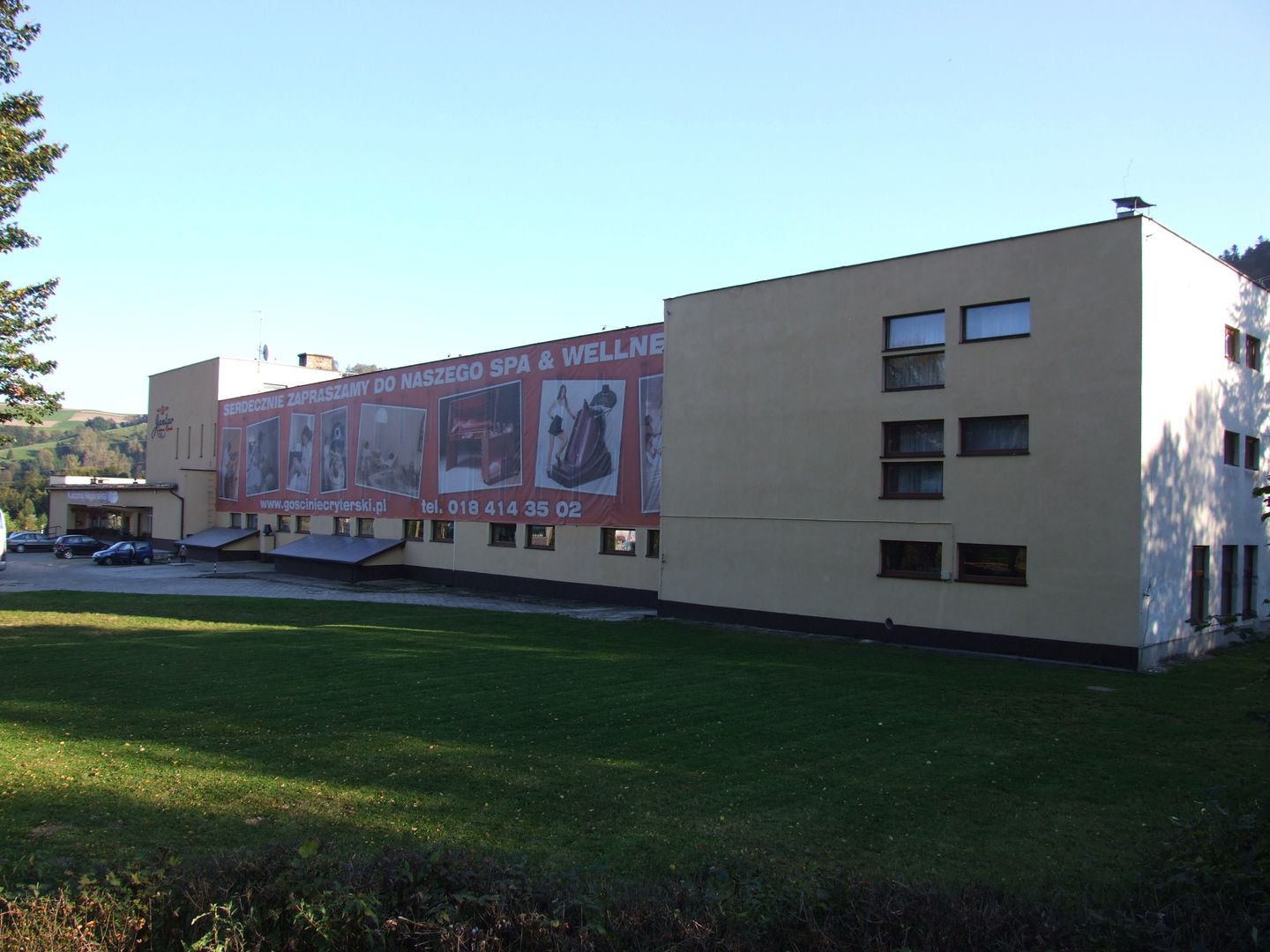Ryterska Stream
7.18

Overview
Roztoka Ryterska is a village located in the Lesser Poland Voivodeship, within the Nowy Sącz County. Its history dates back to before 1770, when these lands were part of the Kraków region. The valleys of the Mała and Wielka Roztoka were once covered by the vast Carpathian Forest, a fragment of which can still be seen in the Baniska Nature Reserve. The village was officially recognized in 1786, and according to statistics from 1870, it was home to 196 inhabitants. Despite the steep terrain, settlement began to develop after the 18th century, when peasants from neighboring villages started cultivating the land, raising cattle, and working in the forests. In 1916, the area became the property of Count Adam Stadnicki, and after World War II, the village underwent various administrative reforms. Roztoka experienced transformation thanks to electrification and road construction between 1958 and 1964, which improved the quality of life for its residents. Most of the village's buildings, primarily made of brick, were constructed in the 20th century, though a few preserved wooden houses can still be found. It is also worth mentioning that Roztoka is part of the Poprad Landscape Park, with rich fauna and flora, and the Roztoka stream is a left-bank tributary of the Poprad River. In the Wielka Roztoka Valley, there are mineral water springs that were declared natural monuments in 1997. The village was also known for tourism, especially after the publication of Maria Kownacka's book "Rogaś from the Roztoka Valley" in 1957. Although Roztoka lacks a coat of arms, it has rich cultural traditions, and the local community still cherishes the memory of historical events, such as partisan activities during World War II. Currently, Roztoka faces demographic challenges, with young people often emigrating for work, but emerging recreational centers, such as Ryterski Raj, offer new prospects for development.
Location
2025 Wizytor | All Rights Reserved